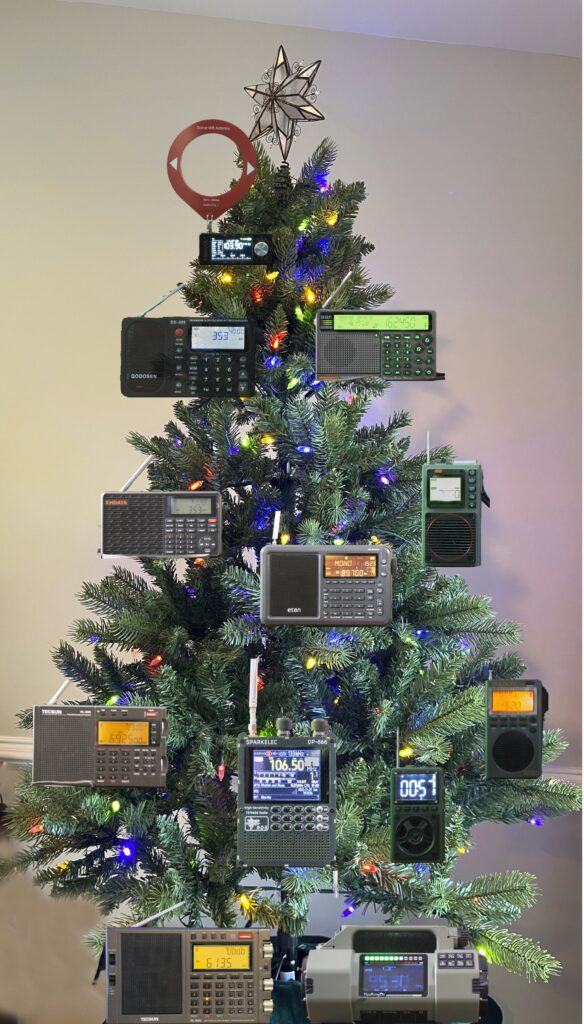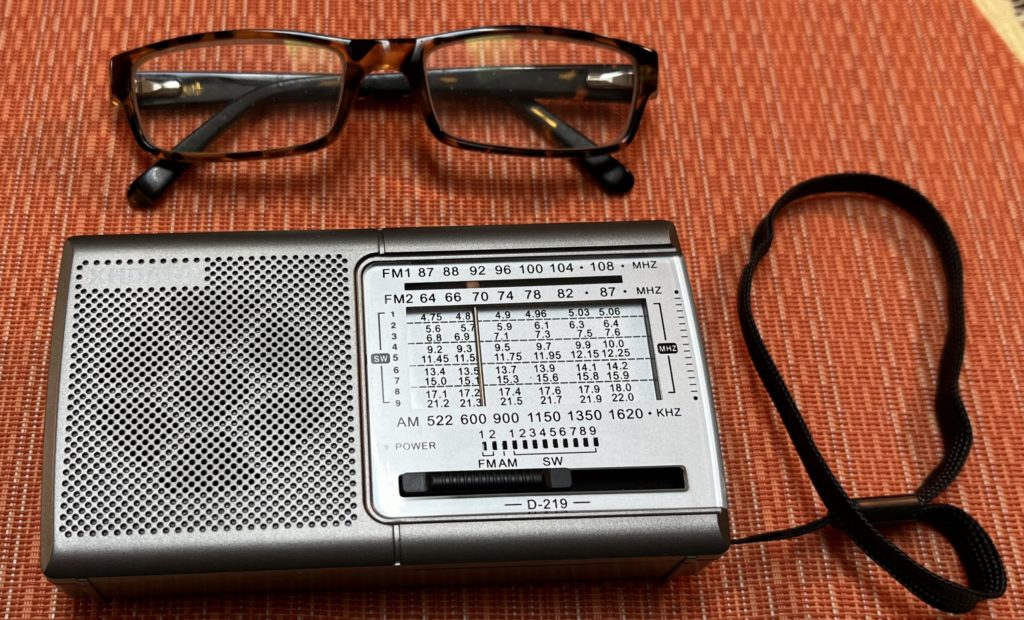It’s no big deal for me since I have a pile of 18650 batteries, but reading anecdotes on the Internet leads me to think procuring them is a problem for some folks.
Initially, the DX-286 was sold without batteries. Then it was sold in two versions, one without batteries and one with two batteries. That provided a solution, but the 2 battery version added $10 to the price and I note that competitor XHDATA sold its radios standard with batteries installed, as does Tecsun.
I started seeing hints of a third version of the DX-286, one with a single battery, and now that appears to be the new version on Amazon.
Rather than the 2-battery version where the batteries were plastic wrapped, the new one comes with a 3350 mAh battery installed in the case, with a plastic tab to separate the battery contact from the radio — pull tab before use.

Pull tab before use
When I look at the serious under $100 radio list now, most come with a battery, so this simplifies the choices.




